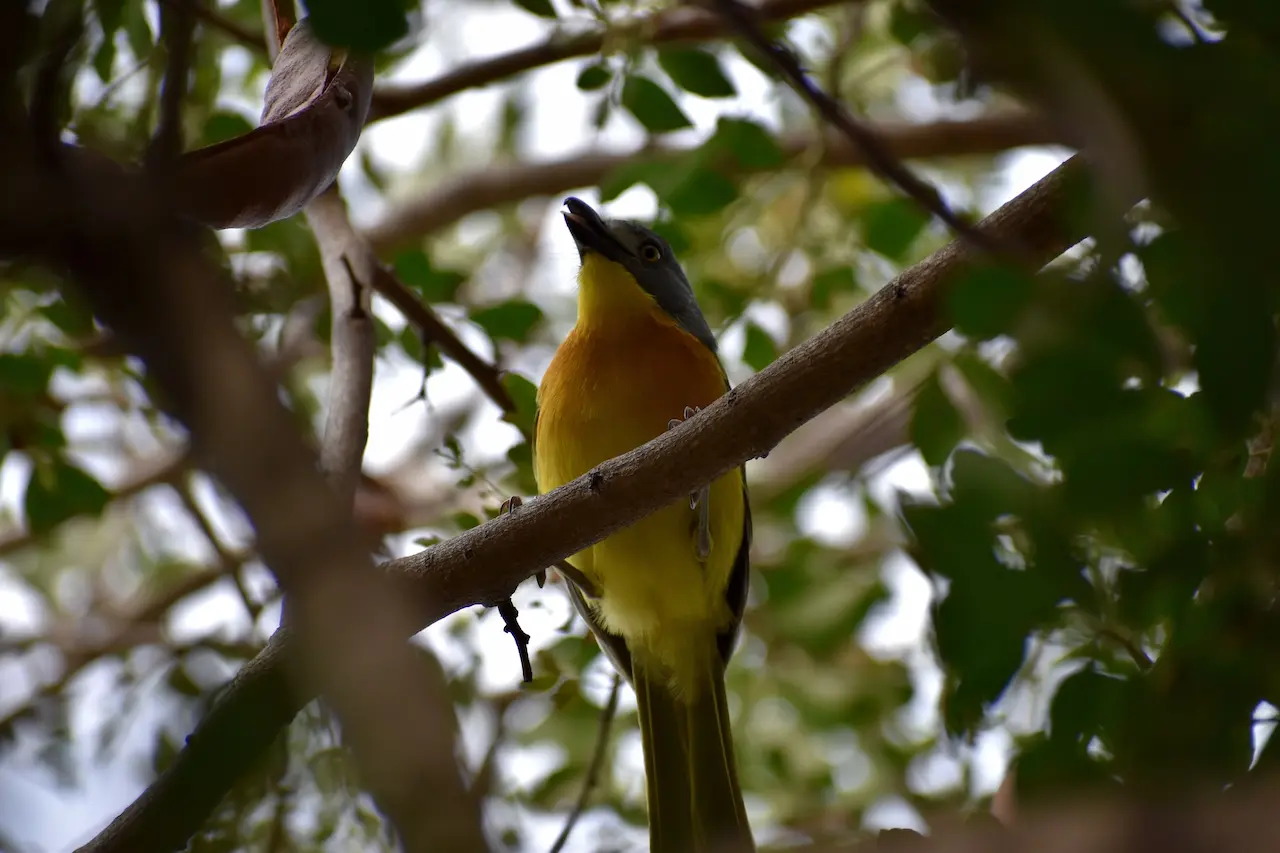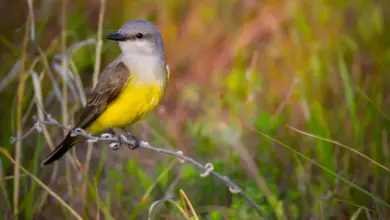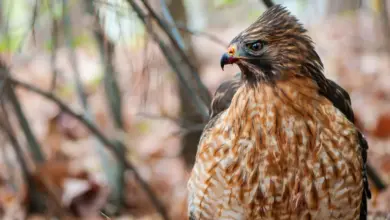Band-tailed Nighthawks
The Band-tailed Nighthawk (Nyctiprogne leucopyga) is a South American nighthawk.
It is a member of the nightjar or goatsucker family – so named as they were often seen in fields together with goats and sheep, and the myth was born that they were there to suck milk from the teats of goats (the Latin word for goat-sucker or goat-milker is Caprimulgus). However, instead they fed on the insects that were attracted to livestock. In the past, night-flying birds – such as the nightjars – were suspected of witchery.
This nightjar is commonly heard within its range, but less often seen – due to its nocturnal habits. Its brown-mottled plumage keeps it well camouflaged during the day, when it is also usually hidden away sleeping. They are most easily detected at night when light from car headlights are reflected ruby-red from their eyes, as they are sitting on tracks or roads. However, their presence is most often made known by their loud calls given at dusk.
Alternate (Global) Names
Chinese: ???? … Czech: lelek pruhoocasý … Danish: Amazonnathøg … Dutch: Staartbandnachtzwaluw … Estonian: laiksaba-videvikusorr … Finnish: Juovapyrstökehrääjä … French: Engoulevent leucopyge … Guarani: Yvyja’u … German: Bindenschwanz-Nachtschwalbe … Italian: Caprimulgo-sparviero codafasciata, Succiacapre codabarrata … Japanese: obioyotaka … Norwegian: Dryadenatthauk … Polish: lelczyk amazonski, Lelczyk amazo?ski … Portuguese: bacurau-barrado, bacurau-cauda-barrada, Bacurau-d’agua, bacurau-d’água, Bacurau-de-cauda-barrada … Russian: ????????? ???????, ??????????????? ??????? … Slovak: súmracník pásochvostý … Spanish: Añapero cola blanca, Añapero Colibandeado, Añapero Enano, Chotacabras Coliblanco, Pale-rumped Warbler … Swedish: Bandstjärtad falknattskärra
Distribution / Habitat
The Band-tailed Nighthawk is native to the Amazon Basin which is located in the South American countries of Bolivia, Brazil, Colombia, Ecuador, Peru and Venezuela. This nighthawk also occurs in the French Guiana, Guyana and Paraguay.
It usually occurs along rivers, n swamps and marshes, as well as in subtropical or tropical moist lowland forests.
Recognized Subspecies and Ranges:
- Nyctiprogne leucopyga leucopyga (Spix, 1825) – Nominate Race
- Range: Found in eastern Venezuela east through the Guianas and northern Brazil.
- Nyctiprogne leucopyga pallida (Phelps and Phelps, Jr., 1952)
- Range: Western and central Venezuela. May also occur in northeastern Colombia.
- Nyctiprogne leucopyga exigua (Friedmann, 1945)
- Range: Southern Venezuela and eastern Colombia.
- Nyctiprogne leucopyga latifascia (Friedmann, 1945)
- Range: Extreme southern Venezuela.
- Nyctiprogne leucopyga majuscula (Pinto and Camargo, 1952)
- Range: Western and central Brazil and northern and eastern Bolivia. Recently also recorded in northeastern Peru.
Description
The Band-tailed Nighthawk is a small nocturnal bird with long pointed wings and a very short bill – as is typical of nighthawks. Their brownish-buff mottled plumage is cryptically colored to resemble bark or leaves. The underside is barred. There is a white band on the tail, shaped by three white spots on the three outermost tail feathers. The legs are short and feet are small, and are of little use for walking.
Nesting / Breeding
The male establishes his territory and sings at night to keep rivals away and at the same time to attract a female.
Band-tailed Nighthawks don’t actually construct a nest, as most other bird species do. They simply place the eggs on the ground on open soil covered with dead leaves.
Nesting appears to be timed in such a way that the moon is more than half full at the time they are feeding their young – likely as the additional light during the night facilitates caring for the young and foraging for food.
The female may lay one to two eggs (mostly two) that are whitish or creamy in color, with brown and grey spots or blotches.
During the day, the incubation of the eggs is undertaken by the female, while both parents share the incubation at night. The incubation period is about 19 to 21 days.
The chicks s are covered in down and are capable of short-distance movements within 24 hours of hatching. The parents also shove them apart with their feet as they flush from the nest. The male usually stands guard and defends the nest and the young. The parents communicate with their chicks via soft clucking sounds to which the chicks respond.
The parents feed the nestlings regurgitated insects, and they continue to brood them until fledging. The chicks take their first flight when they are about 20 to 21 days old.
If conditions are favorable, the female may lay a second clutch close to the first and while she is incubating the new set of eggs, the male continues to care for the young from first brood.




